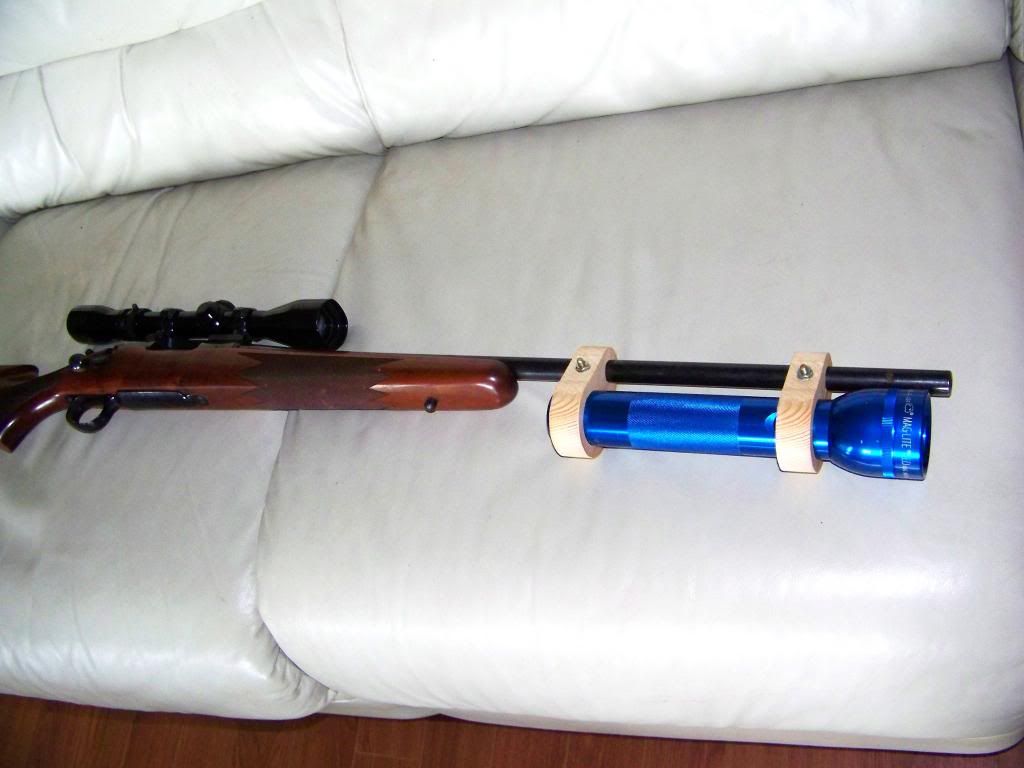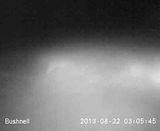NW FL Coyote Hater
New member
6mm06,
I am keenly interested in your project. I am a tinkerer too. My coyote I had coming to the bait every night for 6 weeks has not been back since I took the shot at him. I don't believe it is dead. I couldn't find any blood. Think he will come back?
DoubleUp,
What is the negative on the ND3x50? I found plenty of negative about cold weather operation but I won't be hunting below 50°. I borrowed a ND3 and it got dim beyond 100 yards. I did like it. The beam didn't spray all over the place like my Q-Beam does. The ND3x50 is 50mw vs 18mw for whatever that means. I have read a bunch about all the lights that are mountable on the scope. All I want is to be able to see the varmint out to 150 yards and it not take off in a sprint when the light hits him. I have a LED MagLite 2 D cells. I made some wooden clamp mounts to clamp it to/under the barrel. It lights up good to about 150 yards but is white light and HEAVY. I need to shoot it to see if the POI changed. It seems like there is no real consensus about red or green but for sure not white. I am just confused and only want to buy 1 expensive light one time!
Sorry for the long and rambling post. Hopefully it is understandable.
Jerry
PS the alarm went off twice at 8.50pm CDT. Didn't see anything....waiting. Guess he ran.
I am keenly interested in your project. I am a tinkerer too. My coyote I had coming to the bait every night for 6 weeks has not been back since I took the shot at him. I don't believe it is dead. I couldn't find any blood. Think he will come back?
DoubleUp,
What is the negative on the ND3x50? I found plenty of negative about cold weather operation but I won't be hunting below 50°. I borrowed a ND3 and it got dim beyond 100 yards. I did like it. The beam didn't spray all over the place like my Q-Beam does. The ND3x50 is 50mw vs 18mw for whatever that means. I have read a bunch about all the lights that are mountable on the scope. All I want is to be able to see the varmint out to 150 yards and it not take off in a sprint when the light hits him. I have a LED MagLite 2 D cells. I made some wooden clamp mounts to clamp it to/under the barrel. It lights up good to about 150 yards but is white light and HEAVY. I need to shoot it to see if the POI changed. It seems like there is no real consensus about red or green but for sure not white. I am just confused and only want to buy 1 expensive light one time!
Sorry for the long and rambling post. Hopefully it is understandable.
Jerry
PS the alarm went off twice at 8.50pm CDT. Didn't see anything....waiting. Guess he ran.






































